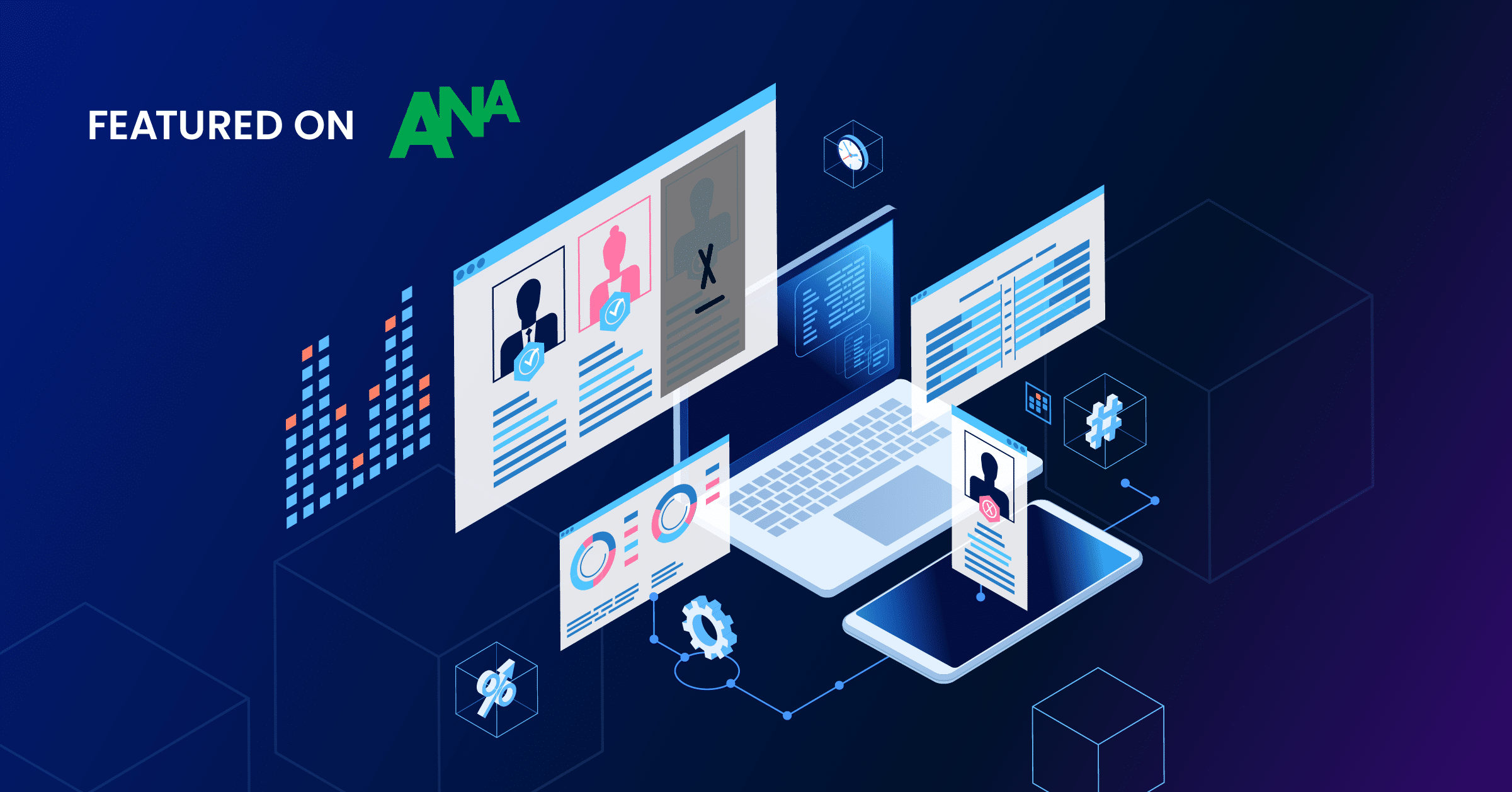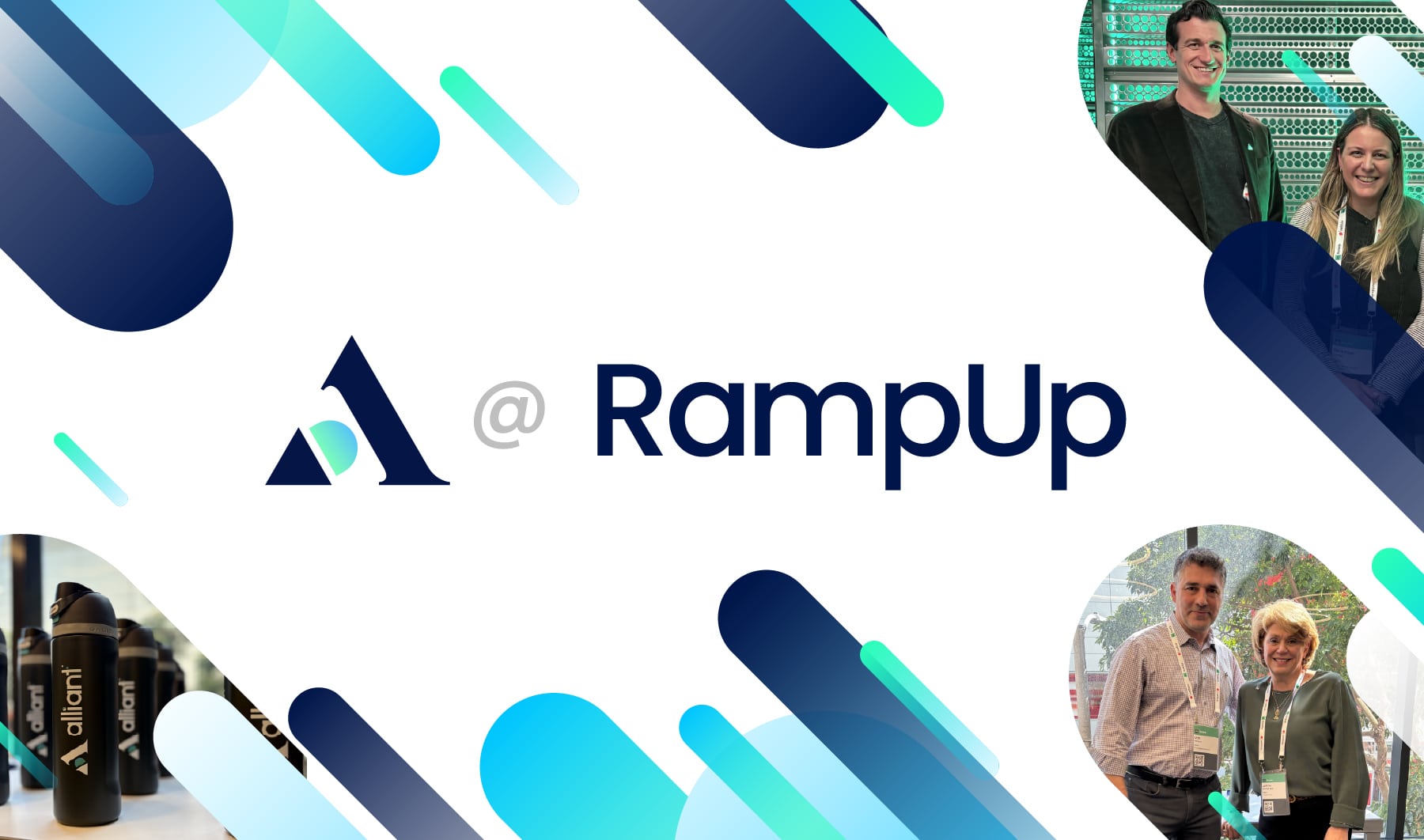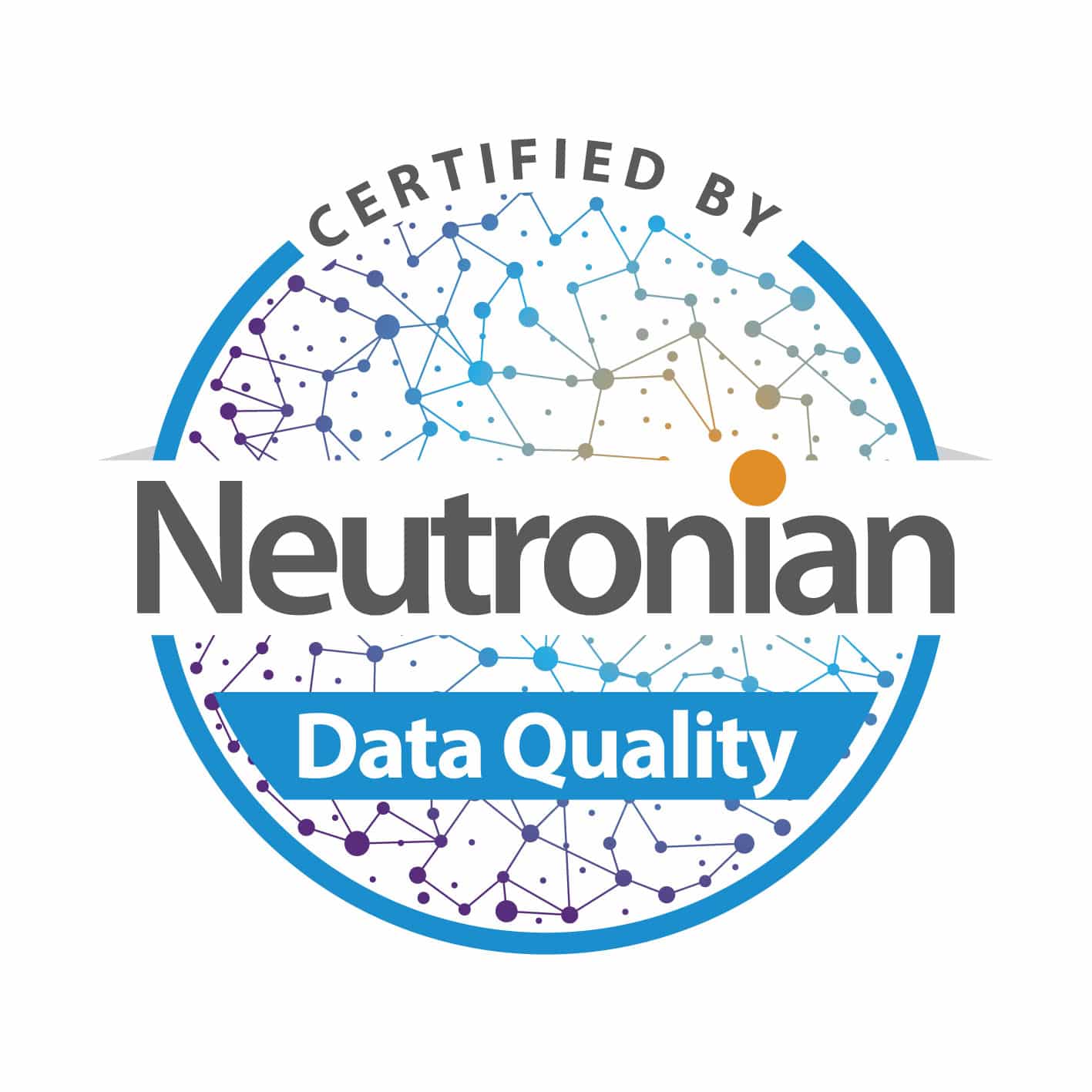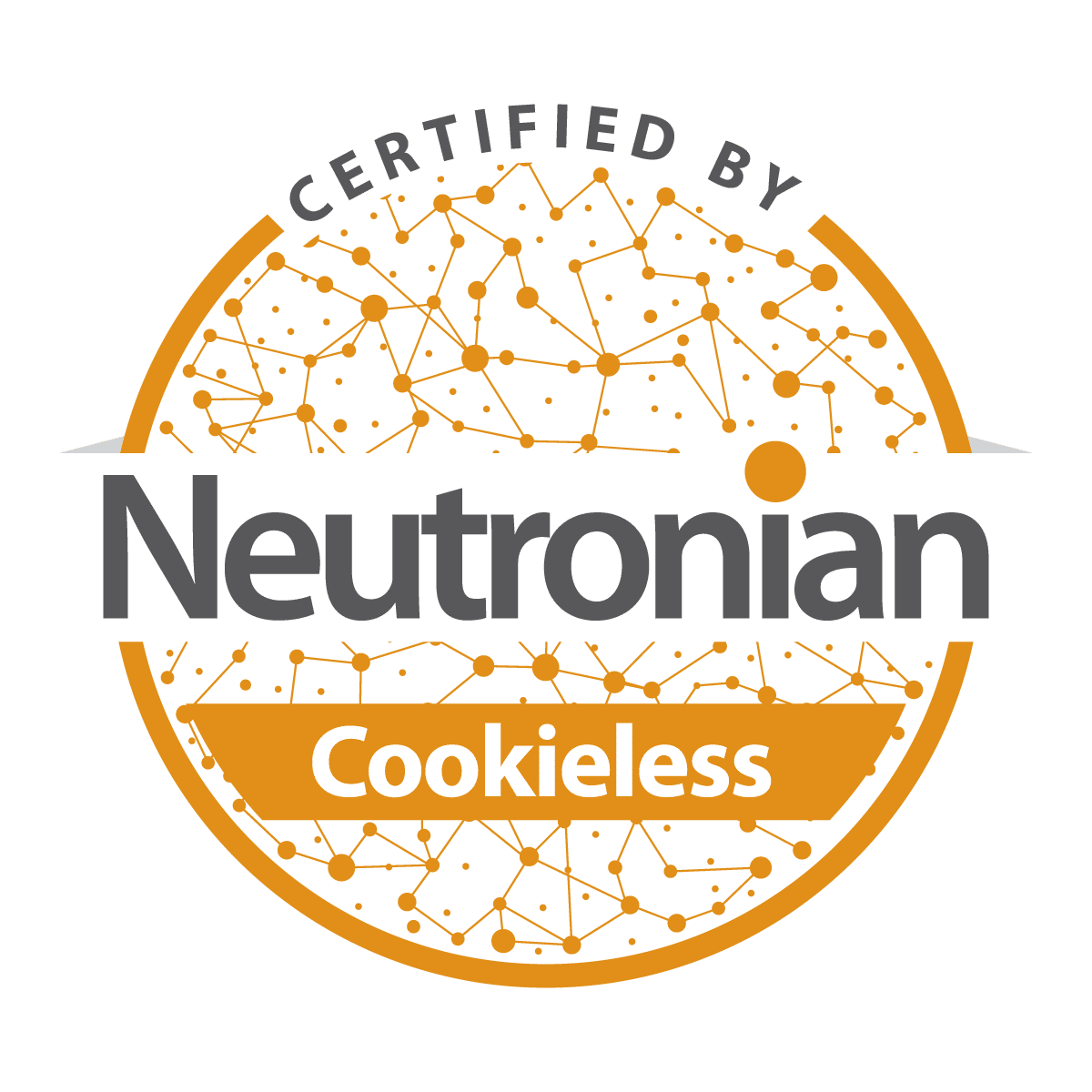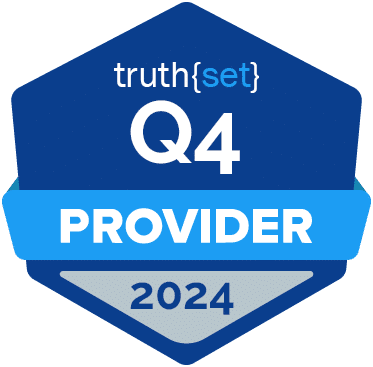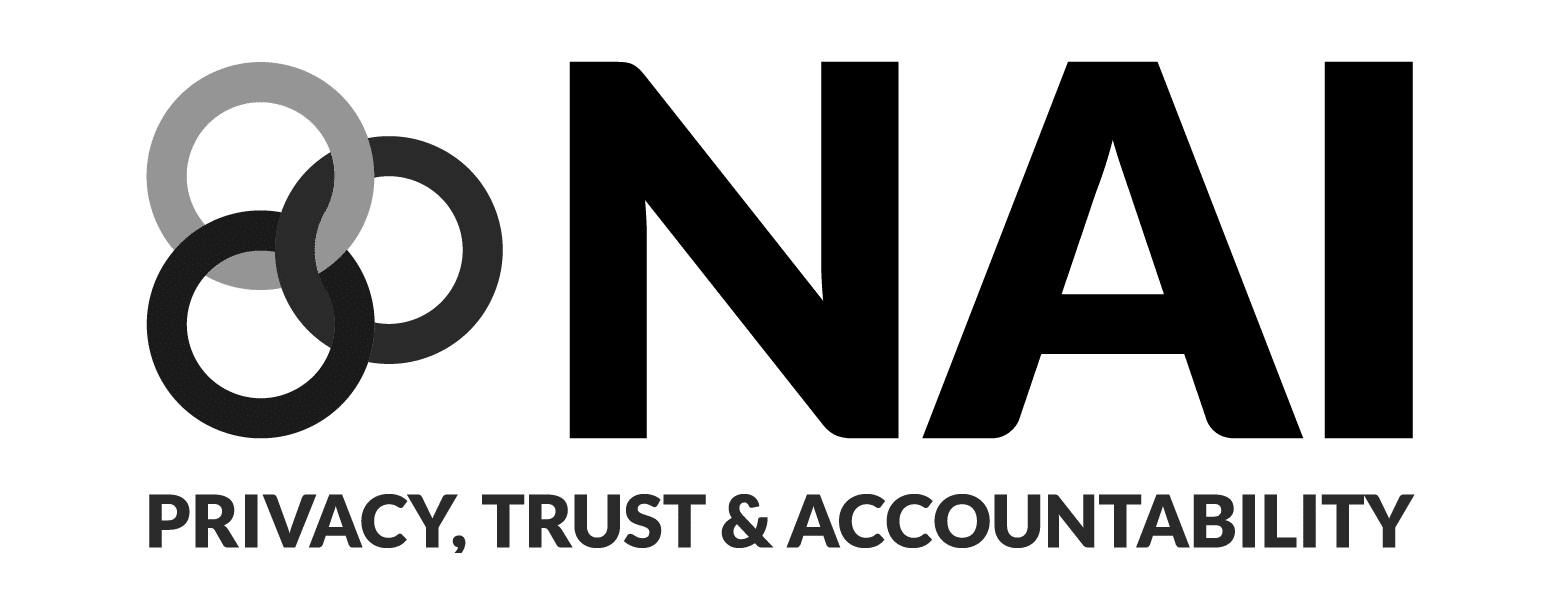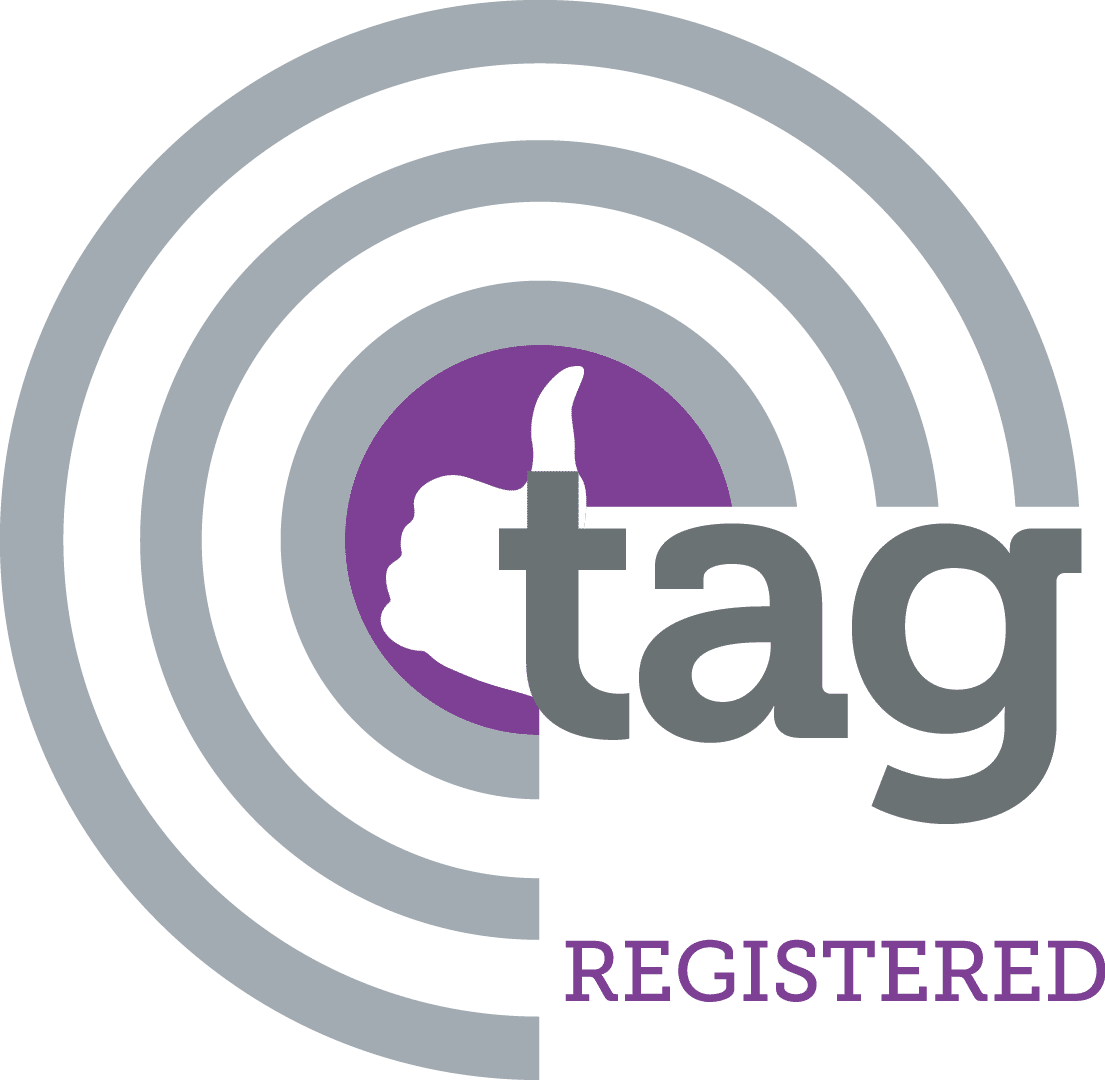The Ally: Featuring Andy Schonfeld from Tatari
The Ally – A new series from Alliant showcasing viewpoints from today’s top thought leaders moving the audience and advertising industry forward.
Hear from the industry’s top movers and shakers as they share their unique perspectives on audience data, the advertising landscape, and their personal approach to navigating our evolving industry. At Alliant, we are always excited to bring forward viewpoints from ally brands that share our same passion for innovative audience solutions.
In this Q&A edition of The Ally, Andy Schonfeld, Chief Revenue Officer at leading TV advertising solution Tatari shares his stance on audience data, industry challenges, opportunities, and expectations.
Can you tell me more about Tatari and your role there?
Tatari is a platform for running and measuring advertising campaigns across both linear and streaming TV. Our parent company, Infra, has a mission to build the infrastructure for modern TV advertising that serves brands, agencies and platforms. Along with Tatari, that includes TheViewPoint, a CTV SSP, and Vault, a data clean room. We currently work with more than 200 brands (many of them DTC brands) and agencies to execute data-driven, outcomes-based TV campaigns.
As the Chief Revenue Officer, I lead the sales, business development, and client services teams. I also oversee all functions involving day-to-day account management, client strategy & growth, client relations, and client success at Tatari.
How important is audience data to your company?
Audience itself is of the utmost importance for Tatari, as all of our campaigns are delivered on programming most likely to hit our brand clients’ target audience and drive performance. The data we typically use is viewership data collected from sources from ACR data vendors (like Samba TV), as well as brands’ own first-party data.
What are your biggest data challenges? What keeps you up at night?
There’s a lot of noise in the TV advertising space that can lead partners or new entrants into believing a false narrative, such as wrapping display into their TV buys, or using non-incremental forms of measurement.
Many of our clients are performance-minded direct-to-consumer brands. Our goal is to find an effective cost per acquisition (CPA) for them, so that they can harness the power of TV advertising to drive real-world outcomes. To do this, we need to make sure we have the most accurate viewership, pricing, and performance data. If any of these three are lacking, our performance won’t be up to par.
Where do you see the biggest opportunities within the data-driven marketing industry right now?
The more data we have, the better campaigns can perform, and that’s true across the entire marketing landscape. We’re in an era where there is unprecedented access to data, whether that’s viewership data, purchase data, or shopper intent data. In TV, where Tatari plays, we’re well past the days where there is only a single Nielsen currency – there are several providers of deep, detailed viewership data, and we use those sources to build out the media plans on behalf of our brand and agency clients. This thread ties through to performance, where we can now measure how well TV ads actually drive outcomes. While we’re already doing this, there is a world of opportunity left untapped. The more information available, the better we can predict and measure performance, and continue to optimize so that clients have less waste.
What changes should we expect in advanced TV throughout this year?
We’re already seeing adoption of FAST (free ad-supported television) channels that goes beyond anyone’s wildest dreams. Viewers are clearly excited for ad-supported, digitally-delivered TV content, and I don’t think advertisers or the platforms themselves expected their popularity to grow so fast. We anticipate that these channels will continue to grow, in terms of viewership as well as the sheer number of channels available.
What’s one thing the ad industry needs to do better with regards to measuring outcomes?
The industry needs to get really clear on what qualifies as an outcome. My colleague Brad Gevin has written about how “outcomes” aren’t a uniform metric for every brand, but I think we can go a step further and say that some of what gets classified as an outcome is just smoke and mirrors. For growth-oriented brands, there’s a big difference when you compare an uptick in search traffic a few minutes after an ad airs to a month-long sales increase. Yes, some brands are going to be happy with more searches and more traffic, but I think any kind of outcome measurement needs to be linked to some form of financial action on the consumers’ part.
What is your favorite campaign that you’ve executed or been a part of over the past year?
Made In, the DTC cookware brand, had a great recent campaign where the brand was able to optimize its creative to bring down its cost-per-view. I’d be remiss not to mention Calm’s TV campaign in 2020, during the election, which garnered so much buzz and won them marketer of the year.
We hope you found this edition of the Ally informative. If you would like to connect with Alliant and discuss audience data and advertising possibilities, please reach out, we would love to hear from you!


